Young people these days don't do Ruby.
So I am writing this note about YOLOv7 in Ruby. Since there is ONNX Runtime, almost anything works if you just want to infer.
 ankane
/
onnxruntime-ruby
ankane
/
onnxruntime-ruby
Run ONNX models in Ruby
ONNX Runtime Ruby
Check out an example
Installation
Add this line to your application’s Gemfile:
gem "onnxruntime"
Getting Started
Load a model and make predictions
model = OnnxRuntime::Model.new("model.onnx")
model.predict({x: [1, 2, 3]})
Download pre-trained models from the ONNX Model Zoo
Get inputs
model.inputs
Get outputs
model.outputs
Get metadata
model.metadata
Load a model from a string or other IO object
io = StringIO.new("...")
model = OnnxRuntime::Model.new(io)
Get specific outputs
model.predict({x: [1, 2, 3]}, output_names: ["label"])
Session Options
OnnxRuntime::Model.new(…I wrote ↓ three years ago, so I will reuse code.

YOLO object detection using ONNXRuntime with Ruby
kojix2 ・ Sep 2 '19 ・ 2 min read
The YOLOv7 ONNX model exists. ↓
 ibaiGorordo
/
ONNX-YOLOv7-Object-Detection
ibaiGorordo
/
ONNX-YOLOv7-Object-Detection
Python scripts performing object detection using the YOLOv7 model in ONNX.
ONNX YOLOv7 Object Detection
Python scripts performing object detection using the YOLOv7 model in ONNX.
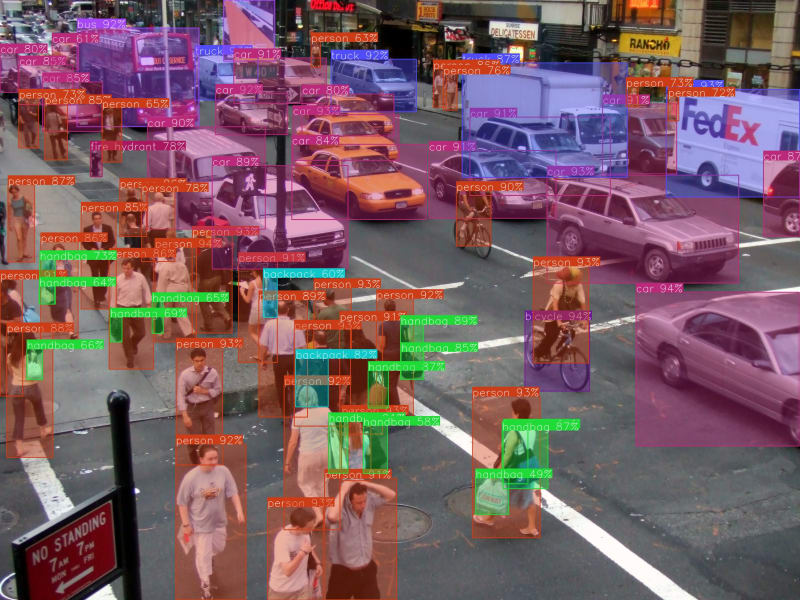 Original image: https://www.flickr.com/photos/nicolelee/19041780
Original image: https://www.flickr.com/photos/nicolelee/19041780
Important
- The input images are directly resized to match the input size of the model. I skipped adding the pad to the input image, it might affect the accuracy of the model if the input image has a different aspect ratio compared to the input size of the model. Always try to get an input size with a ratio close to the input images you will use.
Requirements
- Check the requirements.txt file.
- For ONNX, if you have a NVIDIA GPU, then install the onnxruntime-gpu, otherwise use the onnxruntime library.
Installation
git clone https://github.com/ibaiGorordo/ONNX-YOLOv7-Object-Detection.git
cd ONNX-YOLOv7-Object-Detection
pip install -r requirements.txt
ONNX Runtime
For Nvidia GPU computers
pip install onnxruntime-gpu
Otherwise
pip install onnxruntime
ONNX model
The original models were converted to different formats (including .onnx) by PINTO0309. Download the models from…
Download the ONNX model from here ↓ : 307_YOLOv7
 PINTO0309
/
PINTO_model_zoo
PINTO0309
/
PINTO_model_zoo
A repository for storing models that have been inter-converted between various frameworks. Supported frameworks are TensorFlow, PyTorch, ONNX, OpenVINO, TFJS, TFTRT, TensorFlowLite (Float32/16/INT8), EdgeTPU, CoreML.
PINTO_model_zoo
Please read the contents of the LICENSE file located directly under each folder before using the model. My model conversion scripts are released under the MIT license, but the license of the source model itself is subject to the license of the provider repository.
Contributors
Made with contrib.rocks.
A repository for storing models that have been inter-converted between various frameworks. Supported frameworks are TensorFlow, PyTorch, ONNX, OpenVINO, TFJS, TFTRT, TensorFlowLite (Float32/16/INT8), EdgeTPU, CoreML.
TensorFlow Lite, OpenVINO, CoreML, TensorFlow.js, TF-TRT, MediaPipe, ONNX [.tflite, .h5, .pb, saved_model, tfjs, tftrt, mlmodel, .xml/.bin, .onnx]
I have been working on quantization of various models as a hobby, but I have skipped the work of making sample code to check the operation because it takes a lot of time. I welcome a pull request from volunteers to provide sample code.
[Note Jan 05, 2020] Currently, the MobileNetV3 backbone model and the Full Integer…
The key point here is to use post-process_merged to download a model with post-process implemented, otherwise you will have to implement post-process yourself, which is troublesome.
git clone https://github.com/PINTO0309/PINTO_model_zoo
cd PINTO_model_zoo/307_YOLOv7
chmod +x download_single_batch_post-process_merged.sh
./download_single_batch_post-process_merged.sh
Now the models are downloaded. Use yolov7_post_640x640.onnx, which seems to be the main one.
Install the Ruby version of onnxruntime.
gem install onnxruntime
Those who want to use GPUs need to set up their own.
Prepare Netron to check the ONNX model.
 lutzroeder
/
netron
lutzroeder
/
netron
Visualizer for neural network, deep learning, and machine learning models
Netron is a viewer for neural network, deep learning and machine learning models.
Netron supports ONNX, TensorFlow Lite, Caffe, Keras, Darknet, PaddlePaddle, ncnn, MNN, Core ML, RKNN, MXNet, MindSpore Lite, TNN, Barracuda, Tengine, CNTK, TensorFlow.js, Caffe2 and UFF.
Netron has experimental support for PyTorch, TensorFlow, TorchScript, OpenVINO, Torch, Vitis AI, kmodel, Arm NN, BigDL, Chainer, Deeplearning4j, MediaPipe, MegEngine, ML.NET and scikit-learn.
Install
macOS: Download the .dmg file or run brew install --cask netron
Linux: Download the .AppImage file or run snap install netron
Windows: Download the .exe installer or run winget install -s winget netron
Browser: Start the browser version.
Python Server: Run pip install netron and netron [FILE] or netron.start('[FILE]').
Models
Sample model files to download or open using the browser version:
It is a good idea to open the model in Netron to see what the inputs and outputs look like.
Very complicated. All I know is the shape of the INPUT and OUTPUT matrices. Let's Write throwaway code!
require 'mini_magick'
require 'numo/narray'
require 'onnxruntime'
SFloat = Numo::SFloat
input_path = ARGV[0]
output_path = ARGV[1]
model = OnnxRuntime::Model.new('yolov7_post_640x640.onnx')
labels = ['person', 'bicycle', 'car', 'motorcycle', 'airplane', 'bus', 'train',
'truck', 'boat', 'traffic light', 'fire hydrant', 'stop sign', 'parking meter',
'bench', 'bird', 'cat', 'dog', 'horse', 'sheep', 'cow', 'elephant',
'bear', 'zebra', 'giraffe', 'backpack', 'umbrella', 'handbag', 'tie',
'suitcase', 'frisbee', 'skis', 'snowboard', 'sports ball', 'kite',
'baseball bat', 'baseball glove', 'skateboard', 'surfboard', 'tennis racket',
'bottle', 'wine glass', 'cup', 'fork', 'knife', 'spoon', 'bowl', 'banana',
'apple', 'sandwich', 'orange', 'broccoli', 'carrot', 'hot dog', 'pizza',
'donut', 'cake', 'chair', 'couch', 'potted plant', 'bed', 'dining table',
'toilet', 'tv', 'laptop', 'mouse', 'remote', 'keyboard', 'cell phone',
'microwave', 'oven', 'toaster', 'sink', 'refrigerator', 'book', 'clock',
'vase', 'scissors', 'teddy bear', 'hair drier', 'toothbrush']
# preprocessing
img = MiniMagick::Image.open(input_path)
img.combine_options do |b|
b.resize '640x640!'
b.gravity 'center'
b.background 'transparent'
# b.extent '640x640'
end
img_data = SFloat.cast(img.get_pixels)
img_data /= 255.0
image_data = img_data.transpose(2, 0, 1)
.expand_dims(0)
.to_a # NArray -> Array
# inference
output = model.predict({ images: image_data })
# postprocessing
scores, indices = output.values
# visualization
img = MiniMagick::Image.open(input_path)
img.colorspace 'gray'
scores.zip(indices).each do |score, i|
cl = i[1] # cl is class
hue = cl * 100 / 80.0
label = labels[cl]
score = score[0]
p "draw box"
y1 = i[2] * img.height / 640
x1 = i[3] * img.width / 640
y2 = i[4] * img.height / 640
x2 = i[5] * img.width / 640
img.combine_options do |c|
c.draw "rectangle #{x1}, #{y1}, #{x2}, #{y2}"
c.fill "hsla(#{hue}%, 20%, 80%, 0.25)"
c.stroke "hsla(#{hue}%, 70%, 60%, 1.0)"
c.strokewidth (score * 3).to_s
end
# draw text
img.combine_options do |c|
c.draw "text #{x1}, #{y1 - 5} \"#{label}\""
c.fill 'white'
c.pointsize 18
end
end
img.write output_path
Then run ruby yolo.rb A.png B.png
↓
I can see that the accuracy is even better than it was in YOLOv3.
mini_magick is much slower than YOLO.
I hear that rmagick is well maintained these days, so you may want to use that.
If ONNX bindings work, any minor language should be able to do the same. I think this would mean that if you create a machine learning model in Python, you can convert it to ONNX and then deploy it in any language.
Thank you for your reading.
Have a nice day!

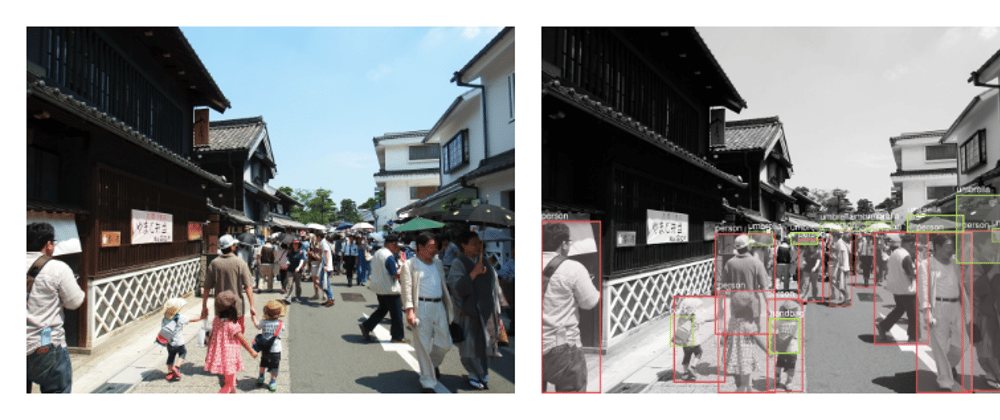

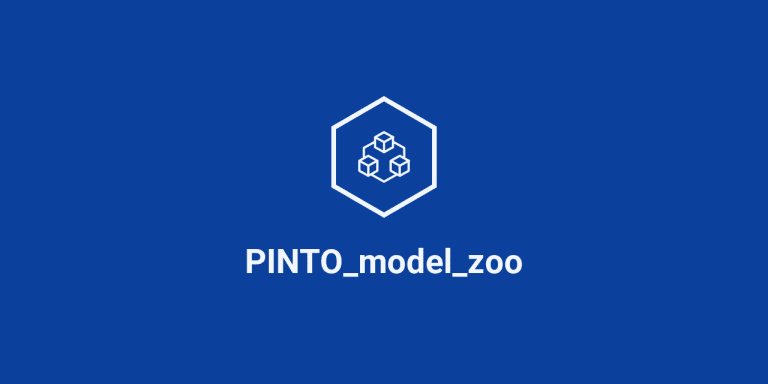





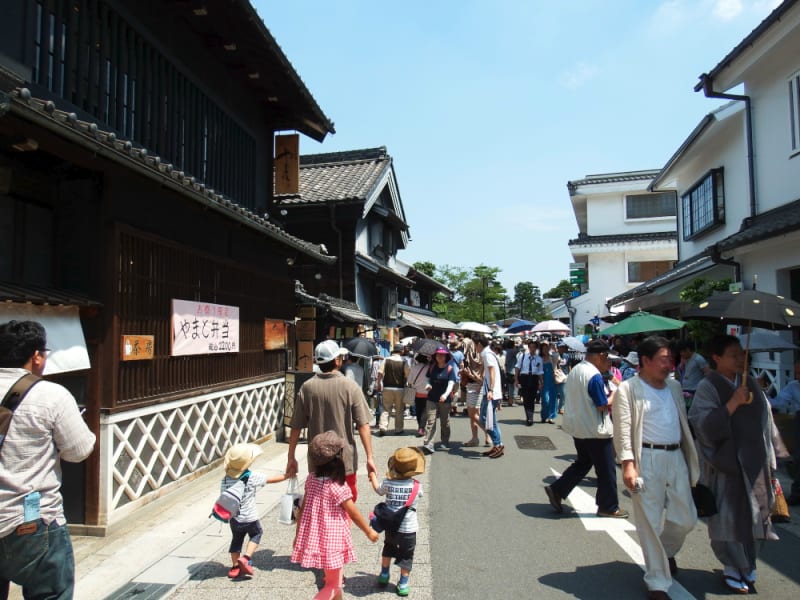


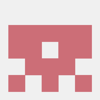


Top comments (0)